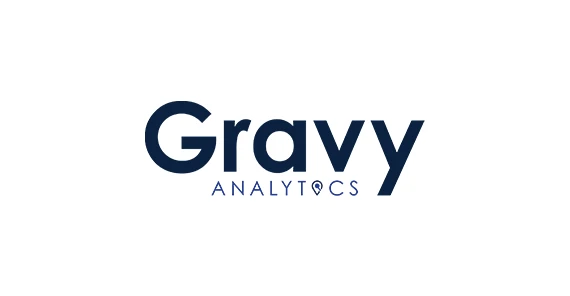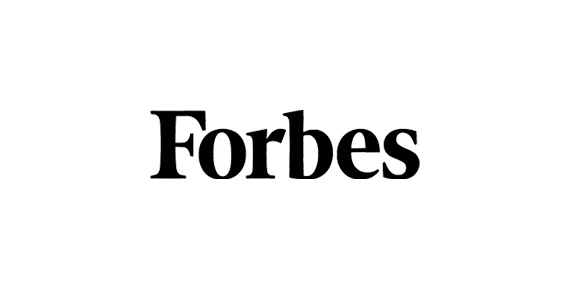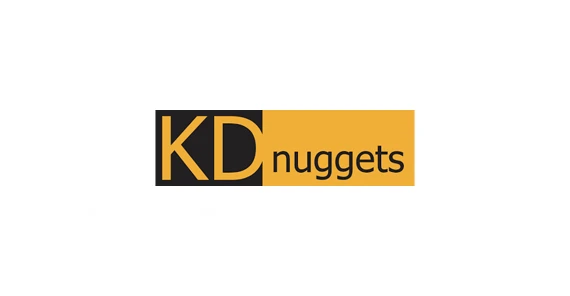The Social (Distancing) Network: Can Proptech Help Coronavirus Tracing?
May 26, 2020

As the country shut down in March amid the first signs of the COVID-19 pandemic reaching the United States, digital maps started to flicker. The maps mirrored the level of inactivity throughout the country, laying bare the stark reality of the coronavirus’ devastating effect on the U.S. economy.
All the data points came from cell phone apps—the kind that usually help advertisers and the real estate industry understand consumer foot traffic. Only now, the tech is being used as part of the private sectors’ push to help governments and businesses inform their response to the pandemic. Companies that usually cater to mobile advertising are now trying to help health authorities and governments understand how well people adhere to social distancing guidelines. In some more sophisticated scenarios, they’re trying to track the movements of people who’ve tested positive for the virus.
But can the technology that’s made phones such a vital resource to the proptech industry actually aid in the fight against the spread of a virus? The answer isn’t so simple.
“The more awareness that we can create through our visitation and other aggregated views of data to enable health care workers and the population at large—I think it’s a step in the right direction,” says Jeff White, CEO of Gravy Analytics, a purveyor of location data analytics to retailers and real estate companies.
White is talking primarily about his company’s COVID-19 data dashboard, which shows an aggregated view of foot traffic at various national retailers throughout the country. The data uses location signals from 150 million opt-in mobile users, which White admits doesn’t fully capture the true scale of human activity throughout the country. While he notes that it isn’t a contact tracing endeavor, he argues that Gravy’s map and others like it may serve as instructive for broader efforts to track the virus’ spread. GA has no current partnerships with government health agencies, according to a spokesperson.
“Our aggregated visitation view should be able to give healthcare workers a better understanding of how…to apply resources and contact tracers if they are on the ground,” he said.



